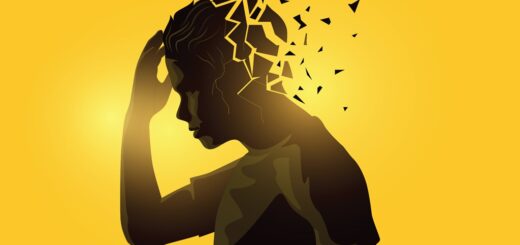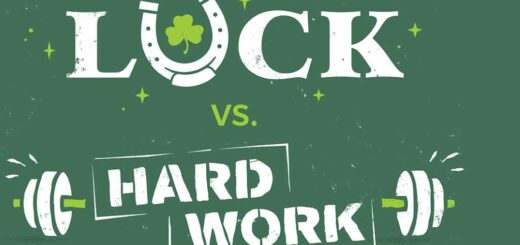Everything You Need to Know About MTB Skill Training
Skill training is an integral part of mountain biking. It’s essential to learn new skills and test your limits. It can be done in a car park or on a single-track trail. The key is to keep it unpredictable and fun.
Improve your mountain biking skills
Skill training is an essential part of improving your mountain biking. It helps you develop advanced skills such as balancing and pedaling efficiency. It will make you faster and save you energy. Skill training will also help you gain confidence in riding technical sections. For instance, a good pedal stroke will allow you to sprint more powerfully and clear obstacles.
When practicing a skill, it is essential to ride it repeatedly and make sure you practice it well. Observe the techniques of other riders to get a feel for the correct process. It would be best if you also pushed yourself to complete a turn, so you’ll build up speed and consistency. It will help you take your learned skills to the next trail.
Developing your eye
Developing your eye for MTB skill training means learning to notice trial changes. Whether a change is a sharp rock in the path, a corner, or the crest of a climb, the changes in terrain can cause a rider to lose their balance and stall. By training your eye to spot these changes, you will be able to react more quickly and safely. Also, you’ll be able to judge distances better, making your experience a lot more pleasant and safe.
Developing your pedal stroke
Developing your pedal stroke is a fundamental component of cycling. When you pedal with fluidity, you’ll put more power into your pedals and experience less fatigue. MTB skill training can help you improve your pedaling efficiency. Learn to practice low cadence strength drills to build a more vigorous pedal stroke.
Developing your pedal stroke requires developing your foot placement and pedaling technique. A common mistake beginners make is placing most of their pressure on the pedal at two or three o’clock and pushing down until five or six o’clock. This way, they only produce power for about 1/4 to a third of the pedal stroke. They often pedal with a dead-weight foot, detracting from power output. In addition, the feet that are pushed down are often pointed downward, and the heels are raised.
According to professional trainers like those at Train to Ride, developing your pedal stroke is an ongoing process that can benefit your cycling efficiency no matter when you’re training. It allows you to improve neuromuscular coordination and efficiency, translating into more effective interval work. It’s best to begin the process during the base training phase, which has a higher proportion of endurance training than other phases of the cycling year.
Practicing in an empty car park
A great way to improve your riding abilities is to practice MTB skill training in a wide-open area or deserted parking lot. It is because you can isolate the movement and avoid distractions. In addition, an empty car park is a great place to practice your brakes and other cycling techniques.
Practicing on a single-track trail
Practicing on a single-track trail can be a great way to improve your skills. It isolates the talent from the rest of the course and makes it easier to measure your progression. It makes it a great place to work on tricks like curb jumping over rocks.
Timed runs on a technical trail will improve your speed and smoothness of riding. Riding the same section can help you remember critical areas of the track and see how different line choices affect your time on the trail. You can also practice braking over shorter distances, increasing your control.
Another way to practice mountain bike skills is to find the best lines and try them out. Using jump lines can be exciting and scary, depending on your level of expertise. Small tabletop jumps won’t pose a problem, but larger artificial doubles and gap jumps can lead to mental blocks if you can ride with more experienced riders to learn from them.














